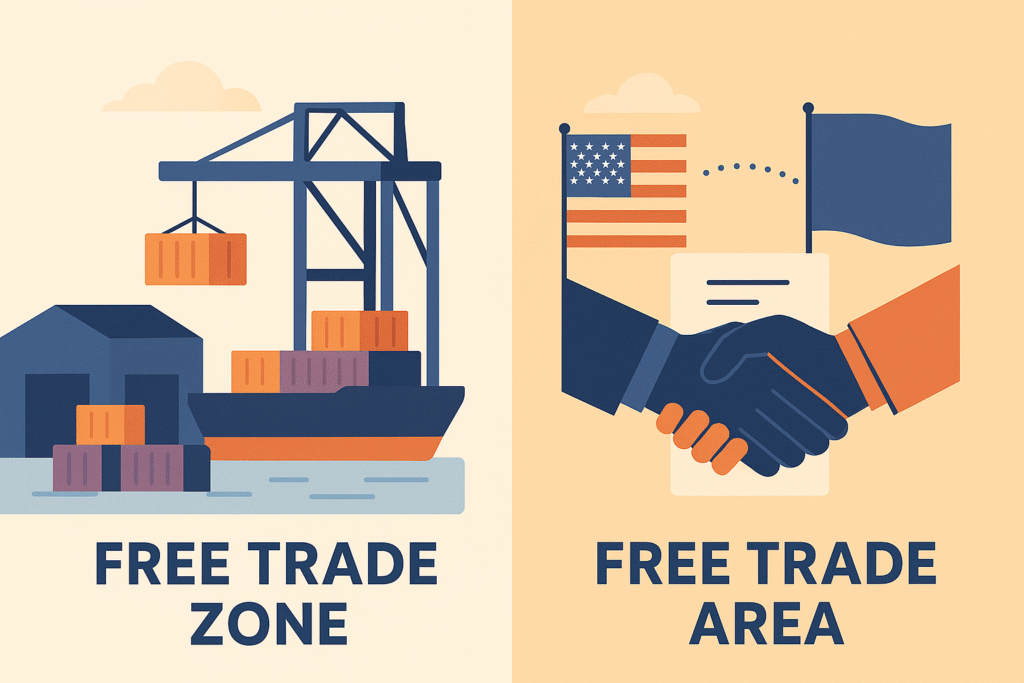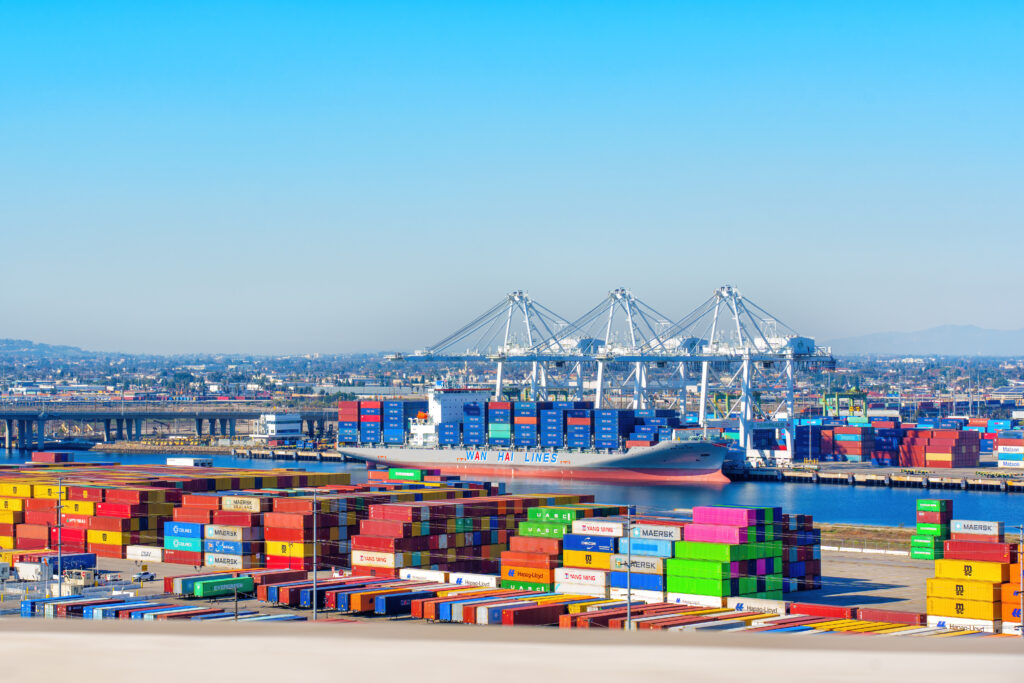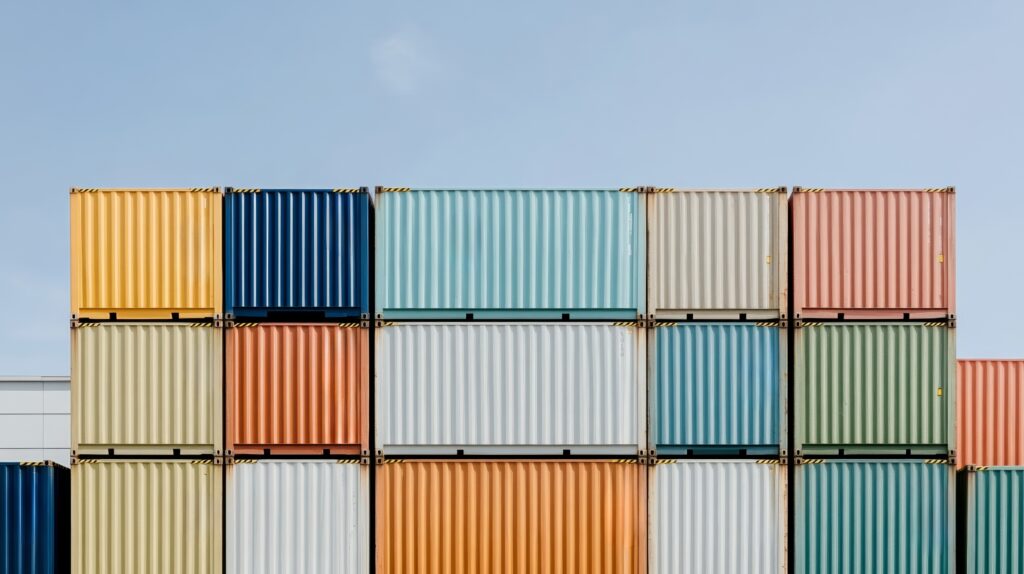What Is the Difference Between a Free Trade Zone and a Free Trade Area?

At first glance, “free trade zone” and “free trade area” may sound like interchangeable terms, but they refer to very different concepts in global commerce. Understanding the difference is essential for brands and businesses navigating international trade, manufacturing, and supply chains.
The Quick Answer:
- A free trade zone (FTZ) is a specific location within a country where goods can be imported, stored, processed, or exported without paying duties or taxes, unless they enter the domestic market.
- A free trade area (FTA) is a multinational agreement between countries that removes or reduces tariffs and trade barriers between member nations.
Let’s break it down!
What is a Free Trade Zone?
A free trade zone (officially called a foreign trade zone in the U.S.) is a designated area inside a single country that operates with special customs rules. Businesses can import goods into the zone without paying customs duties, process or assemble them, store them, and then re-export them without ever paying import taxes.
Key Features:
- Located within a country’s borders
- Tariffs are deferred or eliminated unless the goods enter the local market
- Often includes tax breaks or other financial incentives to attract businesses
- Ideal for warehousing, repackaging or relabeling goods, performing light assembly or processing or manufacturing products for export
Free Trade Zones are designed to attract foreign investment, promote exports, and stimulate local economies.
Example:
In the United States, companies like GE or Samsung might use a Free-Trade Zone to import parts, assemble them into finished goods, and export them—without ever paying U.S. import duties (unless those goods are sold within the U.S.).
What Is a Free Trade Area?
A free trade area is a group of countries that agree to reduce or eliminate tariffs or quotas on goods traded between them. It’s a form of international economic integration, and it’s built on treaties and long-term cooperation.
Key Features:
- Involves two or more countries
- Reduces or removes tariffs on member-country goods
- Encourages regional trade and cooperation
- Each country maintains its own trade policy with non-members
Free Trade Areas are designed to encourage cross-border trade, strengthen economic ties between nations, and create more competitive regional markets.
Example:
USMCA: The United States, Mexico, and Canada trade goods with little or no tariffs under the USMCA (which replaced NAFTA).
Which One Matters for You?
If you’re a manufacturer, a free trade zone can save you time and money on imports and exports. If you’re a global brand or exporter, a free trade area may reduce tariffs when selling your product in other countries.
Some businesses benefit from both: importing parts through a free trade zone and selling products within a free trade area agreement.
Related Resources:
Here’s a list of all the FTZ in the US: https://www.tradeandindustrydev.com/show-ftz-map
More blogs


